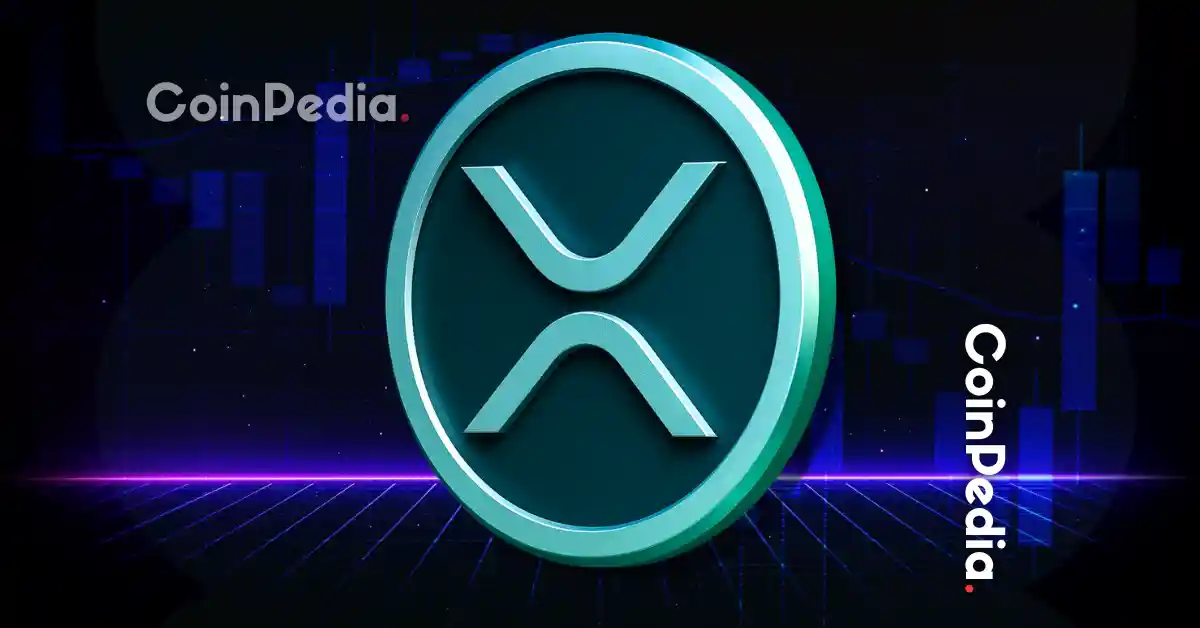Wellgistics Health and XRP: A Strategic Revolution in Healthcare
Introduction: The Intersection of Healthcare and Blockchain
The healthcare industry is undergoing a digital transformation, with blockchain technology emerging as a key driver of innovation. Among the companies leading this charge is Wellgistics Health, a NASDAQ-listed entity (ticker: WGRX), which has recently integrated XRP, the digital asset developed by Ripple Labs, into its operations. This strategic move has sparked significant interest, raising questions about whether Wellgistics Health is genuinely revolutionizing healthcare payments or merely capitalizing on the hype surrounding cryptocurrencies.
This analysis explores the implications of Wellgistics Health’s adoption of XRP, examining its potential benefits, risks, and long-term strategic impact on the healthcare sector.
The Strategic Advantages of XRP in Healthcare
1. Faster and Cheaper Transactions
One of the most compelling reasons for Wellgistics Health’s adoption of XRP is its ability to facilitate near-instant and low-cost transactions. Traditional payment systems, such as bank transfers and credit card processing, often involve delays of several days and high transaction fees. In contrast, the XRP Ledger (XRPL) enables settlements in approximately three seconds, making it an ideal solution for healthcare payments.
– Healthcare Reimbursements: Faster payments mean quicker reimbursements for healthcare providers, reducing administrative burdens and improving cash flow. Patients also benefit from reduced waiting times for insurance claims.
– Supply Chain Efficiency: Wellgistics Health can use XRP to settle payments with suppliers in real time, minimizing working capital requirements and improving operational efficiency.
– Cross-Border Payments: In an increasingly globalized healthcare landscape, XRP’s ability to facilitate low-cost, cross-border transactions provides a significant advantage over traditional wire transfers.
2. A Strategic Reserve for Financial Flexibility
Wellgistics Health has not only integrated XRP into its payment systems but has also established an XRP-based strategic reserve. This move suggests a deeper commitment to leveraging blockchain technology beyond mere speculation.
– Collateral for Loans: XRP can be used as collateral for financial instruments, providing Wellgistics Health with additional liquidity and financial flexibility.
– Yield-Generating Opportunities: The company could potentially earn passive income by staking its XRP holdings or participating in other yield-generating activities within the XRPL ecosystem.
– Hedging Against Currency Fluctuations: XRP’s decentralized nature makes it a viable hedge against currency volatility, particularly in international transactions.
The Role of the XRP Ledger in Healthcare Innovation
The XRP Ledger (XRPL) is a decentralized, open-source blockchain designed for fast and efficient payment processing. Its features make it particularly well-suited for the healthcare industry:
– Transparency and Auditability: All transactions on the XRPL are publicly recorded, ensuring accountability and reducing fraud risks.
– Security and Decentralization: The XRPL’s decentralized structure makes it resistant to censorship and single points of failure, enhancing data security.
– Smart Contract Capabilities: The XRPL supports smart contracts, enabling automation of complex transactions, such as insurance claim adjudication and supply chain tracking.
Wellgistics Health could leverage these features to streamline operations, reduce costs, and enhance patient care.
Investor Confidence and Market Implications
The recent investment by Prince Abdulaziz of the Saudi Royal Family into an XRP-based digital asset treasury within VivoPower—a company linked to Wellgistics Health’s strategy—has added credibility to the initiative. This high-profile backing suggests confidence in the long-term viability of XRP in healthcare.
However, the adoption of XRP also carries risks that Wellgistics Health must carefully manage:
– Regulatory Uncertainty: The legal status of XRP varies by jurisdiction, and regulatory changes could impact its usability.
– Volatility: XRP’s price fluctuations could affect the value of Wellgistics Health’s strategic reserve.
– Security Risks: While the XRPL is secure, cyber threats remain a concern, requiring robust security measures.
– Adoption Barriers: Resistance from traditional healthcare stakeholders may slow widespread adoption.
Separating Hype from Reality
The question remains: Is Wellgistics Health’s XRP adoption a genuine strategic move or a speculative play to attract investors?
The company’s integration of XRP into its operational infrastructure—rather than treating it as a speculative asset—indicates a serious commitment to blockchain technology. However, the hype surrounding XRP and cryptocurrencies in general is undeniable, and Wellgistics Health may benefit from increased investor attention.
Ultimately, the success of this strategy will depend on Wellgistics Health’s ability to demonstrate tangible benefits, such as cost savings, operational efficiency, and improved patient outcomes.
Conclusion: A Bold Step Toward a Blockchain-Enabled Future
Wellgistics Health’s adoption of XRP represents a bold and potentially transformative move in the healthcare industry. By leveraging the speed, efficiency, and cost advantages of the XRP Ledger, the company aims to revolutionize payment processing, supply chain management, and financial operations.
Whether this initiative will prove to be a pioneering success or a fleeting trend remains uncertain. The healthcare sector is ripe for disruption, and blockchain technology—particularly XRP—could play a pivotal role in reshaping the industry. Wellgistics Health’s bold experiment may well set the stage for broader adoption of blockchain in healthcare, proving that innovation and tradition can coexist in the pursuit of better patient care and operational efficiency.

